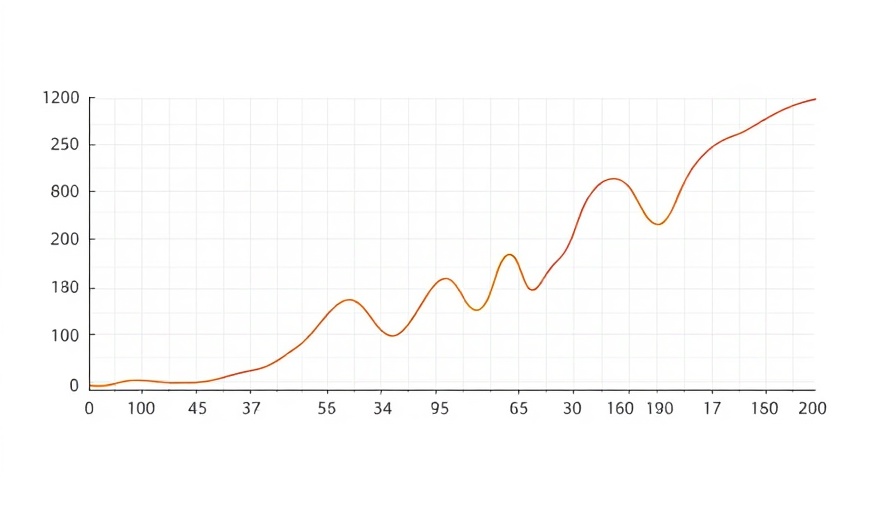
The Importance of Gas Self-Gravity in Cosmic Accretion
Accretion is a crucial process in cosmic evolution, enabling the formation of stars, galaxies, and other celestial bodies. Understanding this phenomenon requires comprehensive models that factor in various dynamics, including gas behavior and gravitational interactions. Recent developments have led to self-consistent models that incorporate gas self-gravity effects, yielding significant advancements in astrophysical research.
A New Approach to Traditional Models
Traditionally, models of cosmic accretion neglected the effects of gas self-gravity, often oversimplifying the complexities involved. The new self-consistent model changes that by addressing the gravitational influences of gas itself. By doing so, astrophysicists can better simulate the actual conditions in space and gain insights into phenomena previously thought to be puzzling or unexplainable.
How This Innovation Changes Our Understanding
This model promises to reshape our understanding of how cosmic structures form and evolve. It allows scientists to investigate different scenarios of gas behaviors under varying gravitational conditions across cosmic scales. The findings not only augment current astrophysical theories but also provide a foundation for future research that could unveil new cosmic phenomena.
Bridging Gaps in Existing Theories
As research continues to stretch our understanding of the universe, models that incorporate natural complexities are crucial. This new model aids in bridging gaps between existing theories about galactic formation and the observations made by advanced telescopes. With increasingly accurate simulations, scientists can make predictions that align closely with the data collected from the cosmos.
Implications for Future Research
The introduction of gas self-gravity into simulations can significantly impact various fields within astrophysics and cosmology. It opens the door to questioning and redefining theories related to dark matter, star formation rates, and the distribution of galactic structures. As researchers utilize this model, it could lead to groundbreaking insights into the formation of the universe and the laws that govern it.
Conclusion: The Future of Cosmic Research
The application of self-consistent models that account for gas self-gravity represents a pivotal advancement in our quest to understand the universe. As this technology unfolds, it brings with it not just answers but also new questions, urging further exploration and study of the cosmos.
 Add Row
Add Row  Add
Add 




Write A Comment